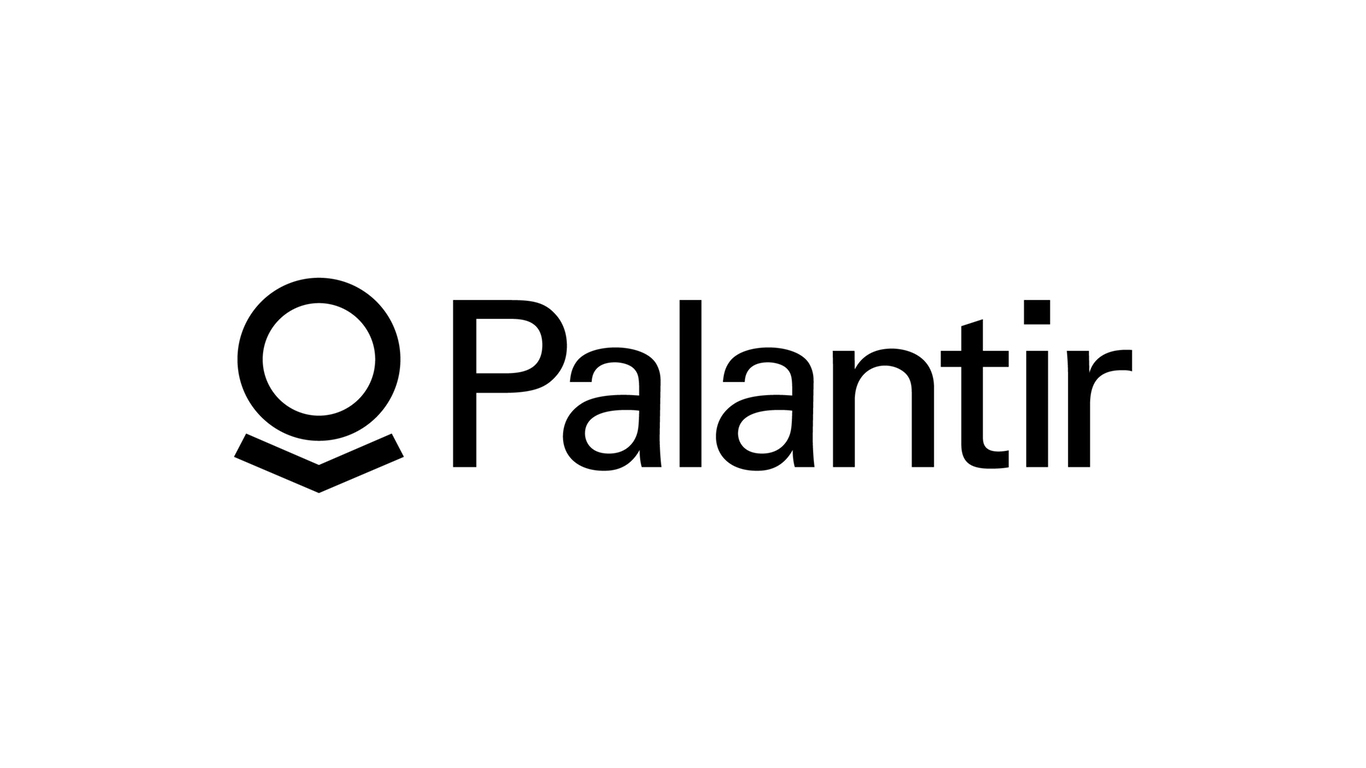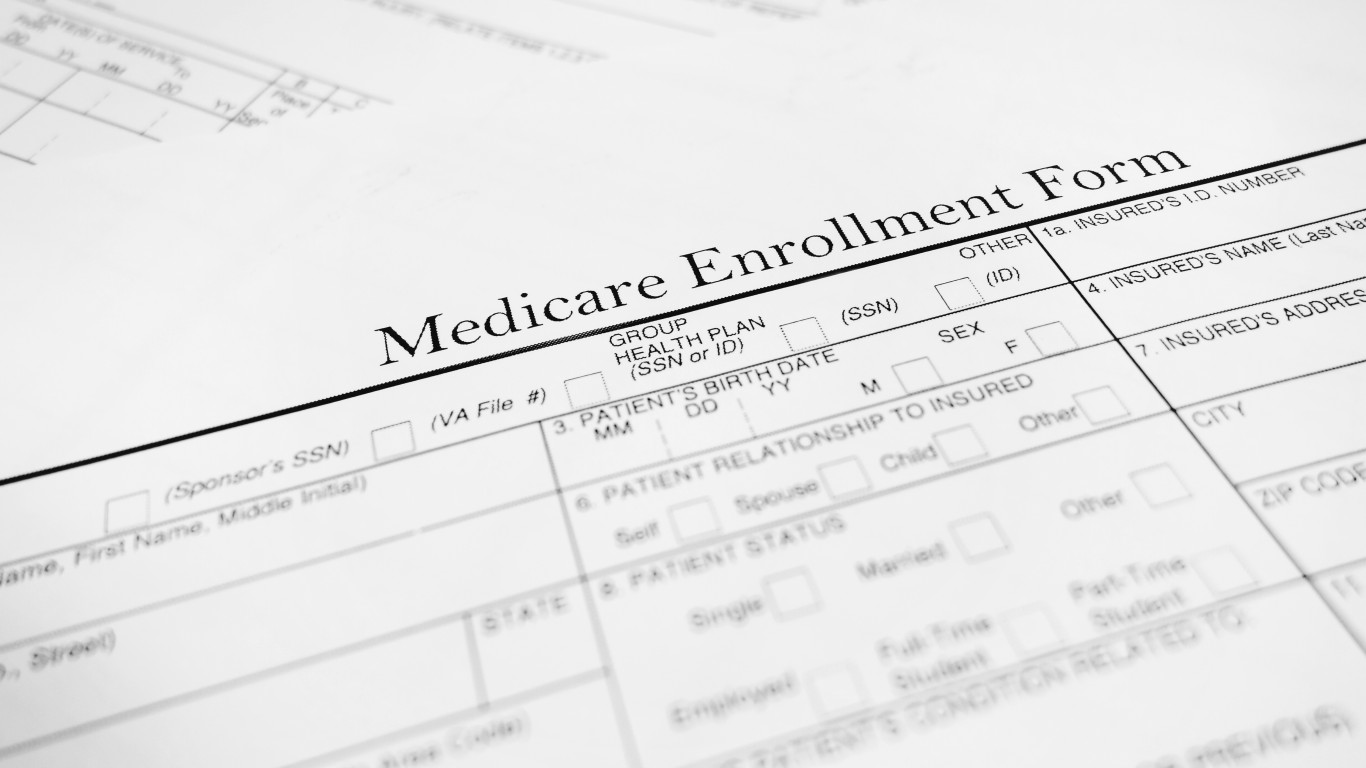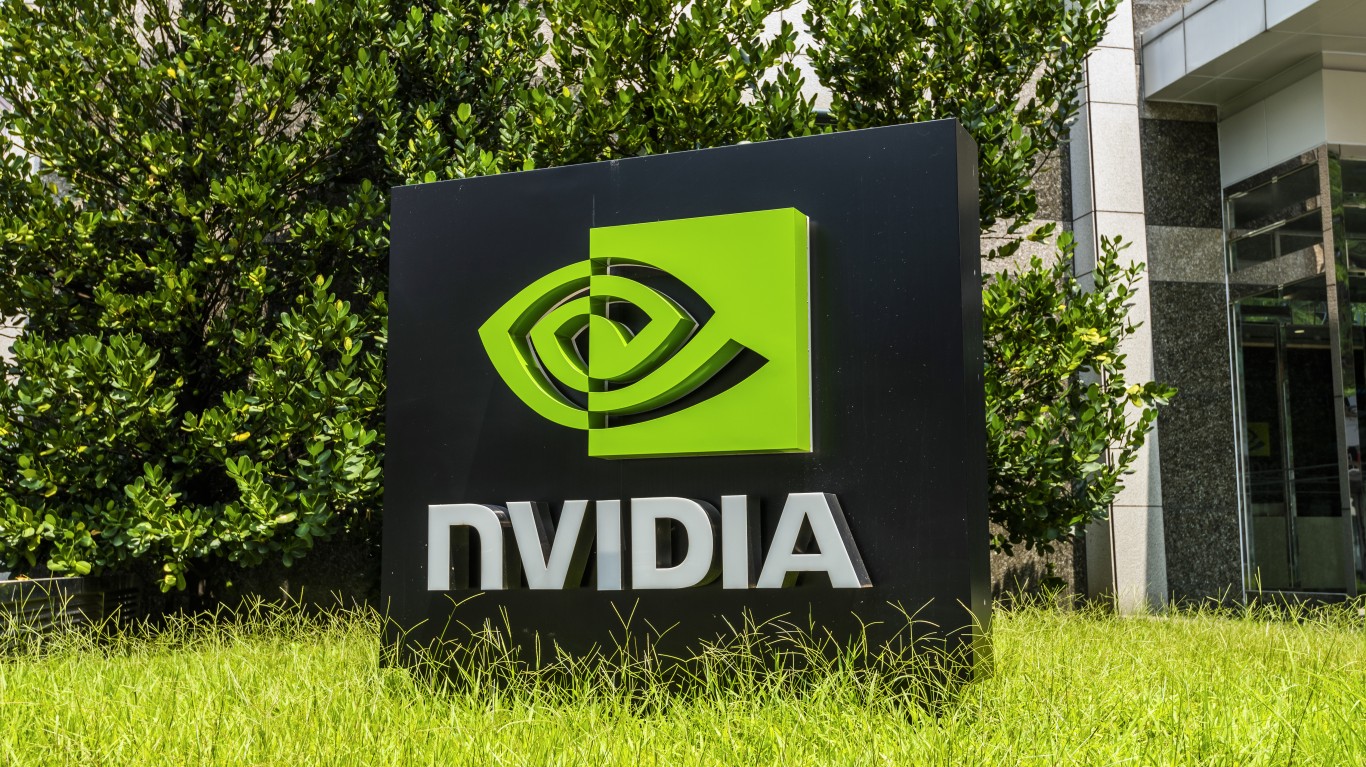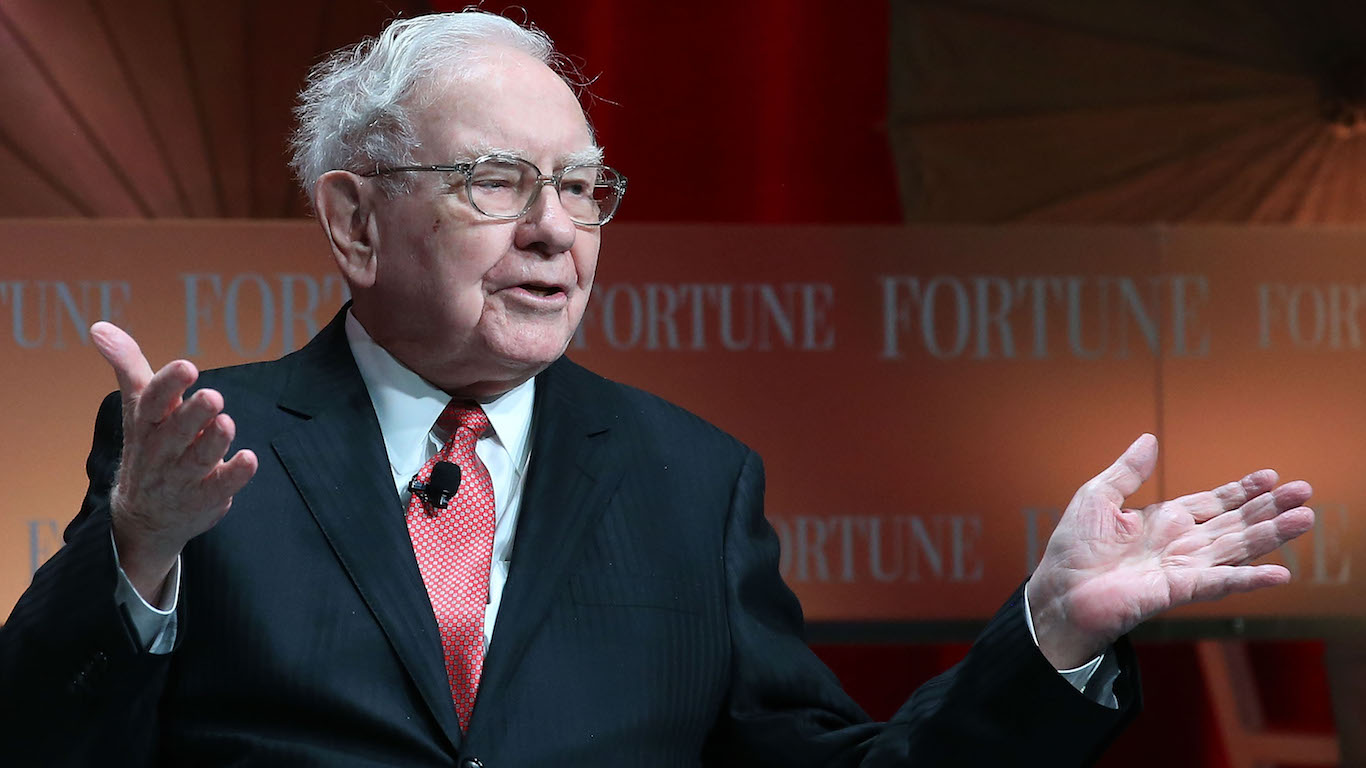 Investors cannot make any money in the bond market right now merely by buying and holding Treasury bonds forever. The problem is that Treasury yields are at record lows. In some parts of the developed world, those rates are selling at negative yields in some extreme cases as the public is choosing safety at any cost. This trend is again forcing income-oriented investors into higher-yield equities at the moment, but we want to warn about a broad-based dividend bubble that appears to be forming now.
Investors cannot make any money in the bond market right now merely by buying and holding Treasury bonds forever. The problem is that Treasury yields are at record lows. In some parts of the developed world, those rates are selling at negative yields in some extreme cases as the public is choosing safety at any cost. This trend is again forcing income-oriented investors into higher-yield equities at the moment, but we want to warn about a broad-based dividend bubble that appears to be forming now.
The good news is that if you have been in these high-yield stocks for some time and seen massive appreciation, you probably will not feel much of a sting, even if the dividend bubble pops or slowly deflates. These companies paying the safer high yields are great companies with long track records. Many of these companies may even be able to keep raising their dividends. The other good news is that a dividend bubble would not at all look like a dot-come bubble bursting, as we saw from 2000 to 2003.
24/7 Wall St. has been tracking this trend of dividend investing for some time. The concern is over the price that new investors are paying to chase after these high dividends. At some point the payouts are just not enough reward for the amount of risk, and that is what we are starting to see today in many sectors and in many key stocks. A lot of these companies will be able to maintain their dividends or grow them, but with the economy softening up, a prudent investor should be asking how high of a price should be paid with new funds.
That being said, we are seeing new highs in some key dividend areas such as REITs and utilities. The Vanguard REIT Index ETF (NYSEMKT: VNQ) just hit a new multiyear high of $67.04, and it still offers investors a dividend yield of about 3.1%. The high-end mall operator of Simon Property Group Inc. (NYSE: SPG) is the largest component of that exchange traded fund, with a $48 billion market cap and its yield is now down close to 2.5%. Simon shares are up almost 60% from the lows of the last year, and even the ETF is up 42% from its low of the last year. By anything resembling normalized REIT standards, these are very low yields.
REITs are being chased higher and higher in price for their high dividend payouts. Where the top-tick is remains elusive. All you have to do is look at this partial list of other top REITs hitting all-time highs in their share prices: Apollo Residential (NYSE: AMTG), Equity Residential (NYSE: EQR), Health Care REIT (NYSE: HCN), Realty Income Corp. (NYSE: O) and others.
Then there is the Utilities Select Sector SPDR (NYSEMKT: XLU), which came within two-cents of a 52-week high Monday. The latest dividend was slightly lower than the prior dividend, and that annualized payout is about 3.6% on an annualized basis. If you tally up the past four dividend payments then the normalized yield would be closer to 3.8%. The $41+ billion market cap of Southern Company (NYSE: SO) makes it the largest weighting in the ETF, and its dividend is now just over 4.1%. If you have been a dividend investor for long, you probably are used to dividends being closer to 5% rather than 4% (or 3.8% in the ETF).
Read Also: Companies Making the Highest Political Donations
The utility sector was the best-performing sector in 2011. So ask yourself this: If the dividends were chased in 2011 and now they are being chased all over again because interest rates are at lows, is this a new realization or is it evidence that money is just chasing money regardless of the price? If money does not care about price, then a bubble is either there or it soon will be. Other great utilities and generators hitting new all-time highs on Monday were American Water Works Company, Inc. (NYSE: AWK), DTE Energy Co. (NYSE: DTE), and Wisconsin Energy Corp. (NYSE: WEC).
Just last week we outlined a dividend bubble forming in shares of the following: AT&T, Inc. (NYSE: T) and Verizon Communications Inc. (NYSE: VZ); Altria Group Inc. (NYSE: MO); Kimberly Clark Corp. (NYSE: KMB); and Wal-Mart Stores Inc. (NYSE: WMT). These shares have all put in recent highs and the dividend yields for new investors are getting very low compared to historic rates. The reality is that these are great companies and they have safe dividends. Where the bubble is forming is how much investors are willing to pay up for these yields now. That drives the yield lower and lower for the new investors.
Read Also: Five Great Stocks Entering a Dividend Bubble
A Houston-based financial advisor named Bryon Townsend of WR Anderson & Co. told us last week that he has started to selectively exit at least some of these dividends that are getting too high in price. He specifically said, “My concern with high dividend paying stocks in this market is that many investors are making the mistake of paying 10% to 15% over 12 month price targets to chase a 3% to 4% dividend yield.”
Another sector to watch is the high-yield or junk bond market. SPDR Barclays Capital High Yield Bond (NYSEMKT: JNK) is not at a 52-week high because bond spreads are still elevated due to so much market uncertainty. That key ETF still offers a yield of more than 7%, and at $39.45 its 52-week range is $34.09 to $40.46.
Another area to keep your eye on is that of master limited partnerships, or MLPs, with its main exchange-traded product being JPMorgan Alerian MLP Index ETN (NYSEMKT: AMJ). Its payouts are not classic dividends because so much of the payout is considered “return of capital” rather than it being purely income distribution. Its equivalent yield is 5.2%, and that is not high for the MLP sector. Enterprise Products Partners LP (NYSE: EPD) hit a new high on Monday with close to a $50 billion valuation and its payout (a yield-equivalent) is now less than 5%. Magellan Midstream Partners LP (NYSE: MMP) and Plains All American Pipeline, LP (NYSE: PAA) both hit the all-time high list as well.
Read Also: Margin Risks in Nat-Gas MLPs
As the 10-year Treasury yield hit a new low on Monday, the iShares Barclays 20+ Year Treasury Bond (NYSEMKT: TLT) hit a new high of $130.60 with its extra-long duration. Its latest dividend yield is just about 2.5% against the yields of 1.45% for the 10-year Treasury and 2.54% for the 30-Year Treasury.
What is interesting about the formation of a bubble here is that the great dividend chase may not be over. With Treasury rates at record lows, investors now have to reach for returns that may be forcing them to take on far more risk than they assume as a result. Trading a mentality of “return of capital rather than a return on capital” cannot logically last forever.
We have been talking about this trend of buying solid dividends for more than two years now. When the Federal Reserve started quantitative easing rather than traditional rate cuts, it was telling you to go out and take on risk. This dividend chase is not a new trade, but the only saving grace is that investors likely will not killed if the dividend bubble deflates. We will not bother trying to call a top in the bubble because bubbles can inflate much farther than most investors can stay solvent betting against them.
JON C. OGG
The Average American Is Losing Their Savings Every Day (Sponsor)
If you’re like many Americans and keep your money ‘safe’ in a checking or savings account, think again. The average yield on a savings account is a paltry .4% today, and inflation is much higher. Checking accounts are even worse.
Every day you don’t move to a high-yield savings account that beats inflation, you lose more and more value.
But there is good news. To win qualified customers, some accounts are paying 9-10x this national average. That’s an incredible way to keep your money safe, and get paid at the same time. Our top pick for high yield savings accounts includes other one time cash bonuses, and is FDIC insured.
Click here to see how much more you could be earning on your savings today. It takes just a few minutes and your money could be working for you.
Thank you for reading! Have some feedback for us?
Contact the 24/7 Wall St. editorial team.



